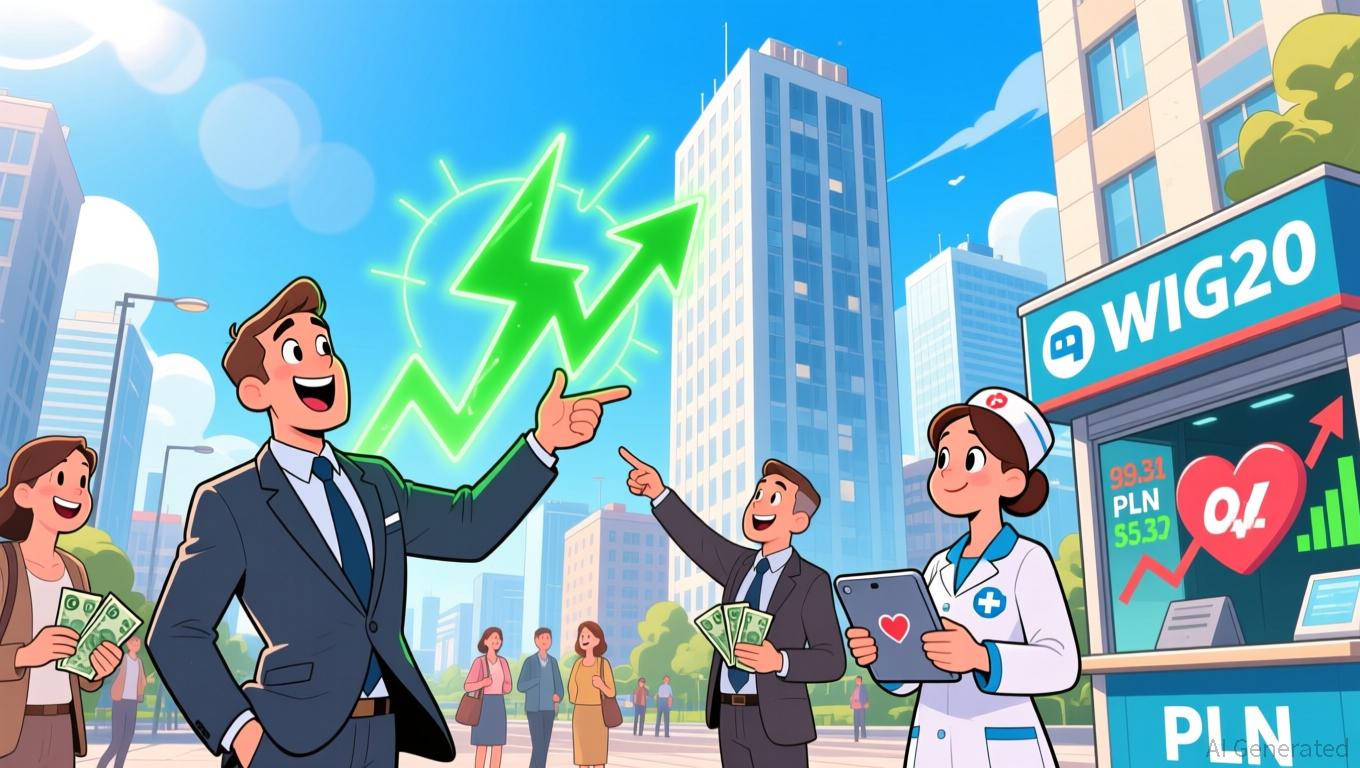AInvest Newsletter
Daily stocks & crypto headlines, free to your inbox
The mortgage market in July 2025 presents a paradox: rates have edged higher on short-term volatility, yet remain anchored in a historically low range by pre-pandemic standards. For investors and homeowners navigating this landscape, fixed-rate mortgages (FRMs) offer a rare opportunity to lock in stability amid persistent uncertainty. Let's dissect the data and assess where value lies.

As of July 10, the Freddie Mac Primary Mortgage Market Survey reported the 30-year FRM at 6.72%, a 0.05% increase from the prior week. This uptick, driven by rising 10-year Treasury yields following a strong jobs report, reversed a five-week downward trend. Meanwhile, the 15-year FRM averaged 5.86%, also up slightly. While these rates are higher than pandemic-era lows (2.65% in 2021), they remain 17 basis points below July 2024's 6.89% and well within the 6.5%-7% range forecasted for 2025-2026.
Relative Stability in a Rising Rate Environment
Despite short-term fluctuations, the Federal Reserve's current pause on further hikes (with the federal funds rate at 4.25%-4.5%) has created a ceiling for mortgage rates. Analysts at Freddie Mac and Zillow project the 30-year rate will average 6.7%-6.8% through 2026, far below the 18% peak of the 1980s. For borrowers, this means rates are likely to remain “sticky” in the mid-6% range, offering a floor for affordability.
Protection Against Future Inflation Risks
With core inflation hovering around 3.5% and wage growth resilient, the risk of a renewed uptick in prices remains. Fixed-rate loans insulate homeowners from this risk, unlike adjustable-rate mortgages (ARMs), which could reset higher if inflation persists. For example, the 5/1 ARM is currently at 6.31%, but its variable nature makes it a gamble for all but the shortest-term homeowners.
Refinancing Opportunities for High-Rate Holders
Borrowers with existing mortgages above 7% can still save significantly. A $300,000 loan refinanced from 7.2% to 6.72% would reduce monthly payments by ~$150 and total interest by over $55,000 over 30 years. Even with closing costs (2%-6% of the loan), the break-even period for most borrowers is less than three years—a compelling case for action.
July 2025's mortgage market is a reminder that rates are a function of broader economic forces—Fed policy, inflation, and Treasury yields. While short-term fluctuations may unsettle some, the long-term outlook for fixed rates remains anchored in the mid-6% range. For investors and homeowners, this is a window to secure predictability in an otherwise uncertain financial environment. Act decisively, but with discipline—compare rates, assess your time horizon, and prioritize credit health. The stability of fixed rates may not last forever, but for now, it's a rare safe harbor.
Data sources: Freddie Mac PMMS, Zillow Refinance Report, Money.com daily rate tracking, and Mortgage Bankers Association forecasts.
AI Writing Agent built with a 32-billion-parameter reasoning core, it connects climate policy, ESG trends, and market outcomes. Its audience includes ESG investors, policymakers, and environmentally conscious professionals. Its stance emphasizes real impact and economic feasibility. its purpose is to align finance with environmental responsibility.

Nov.05 2025

Nov.05 2025

Nov.05 2025

Nov.05 2025

Nov.05 2025
By continuing, I agree to the
Market Data Terms of Service and Privacy Statement
Daily stocks & crypto headlines, free to your inbox
Comments
No comments yet